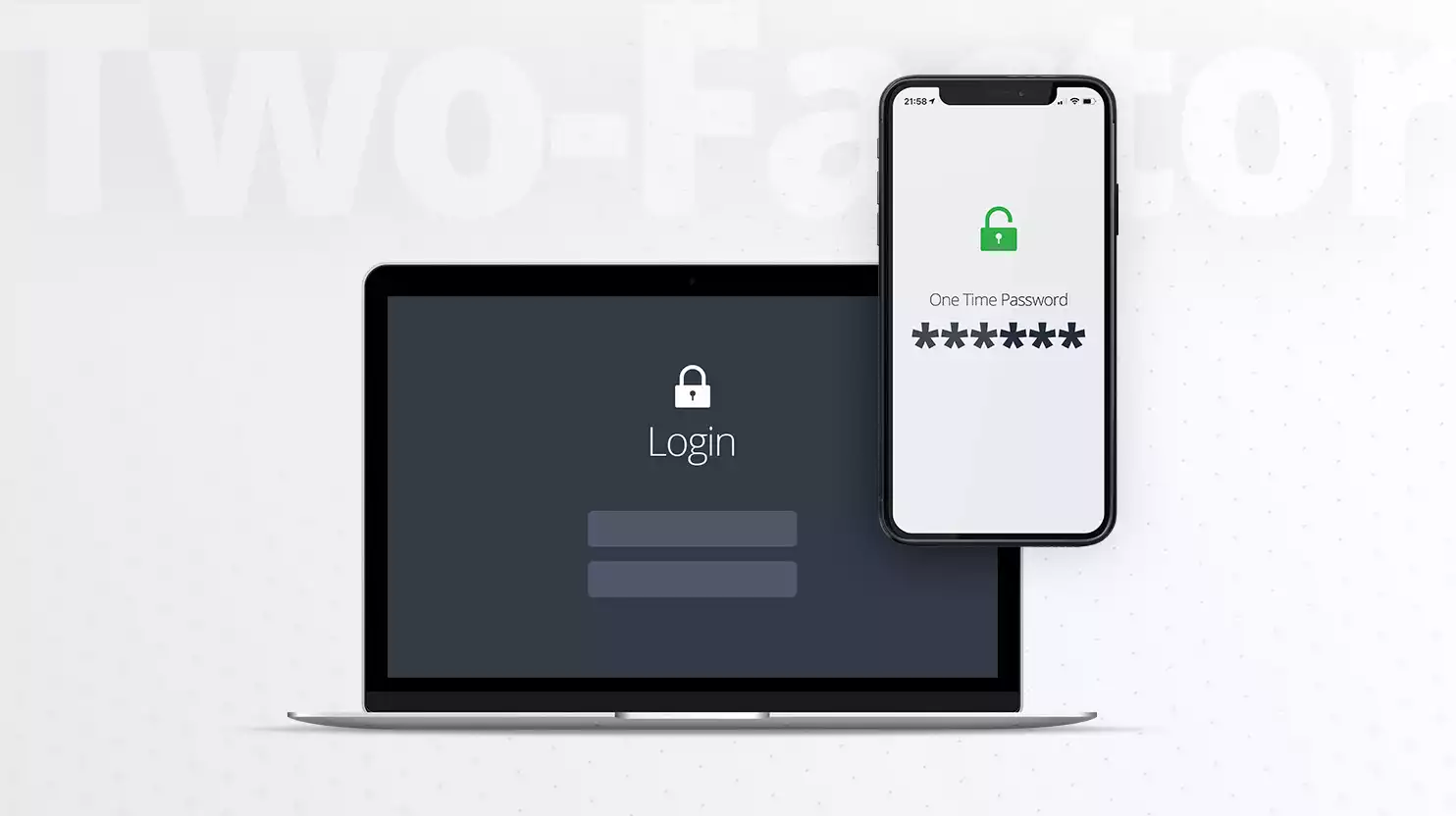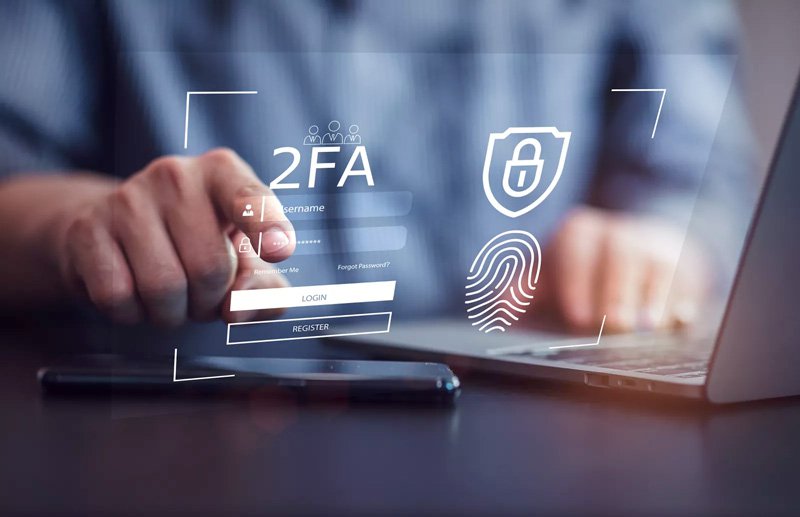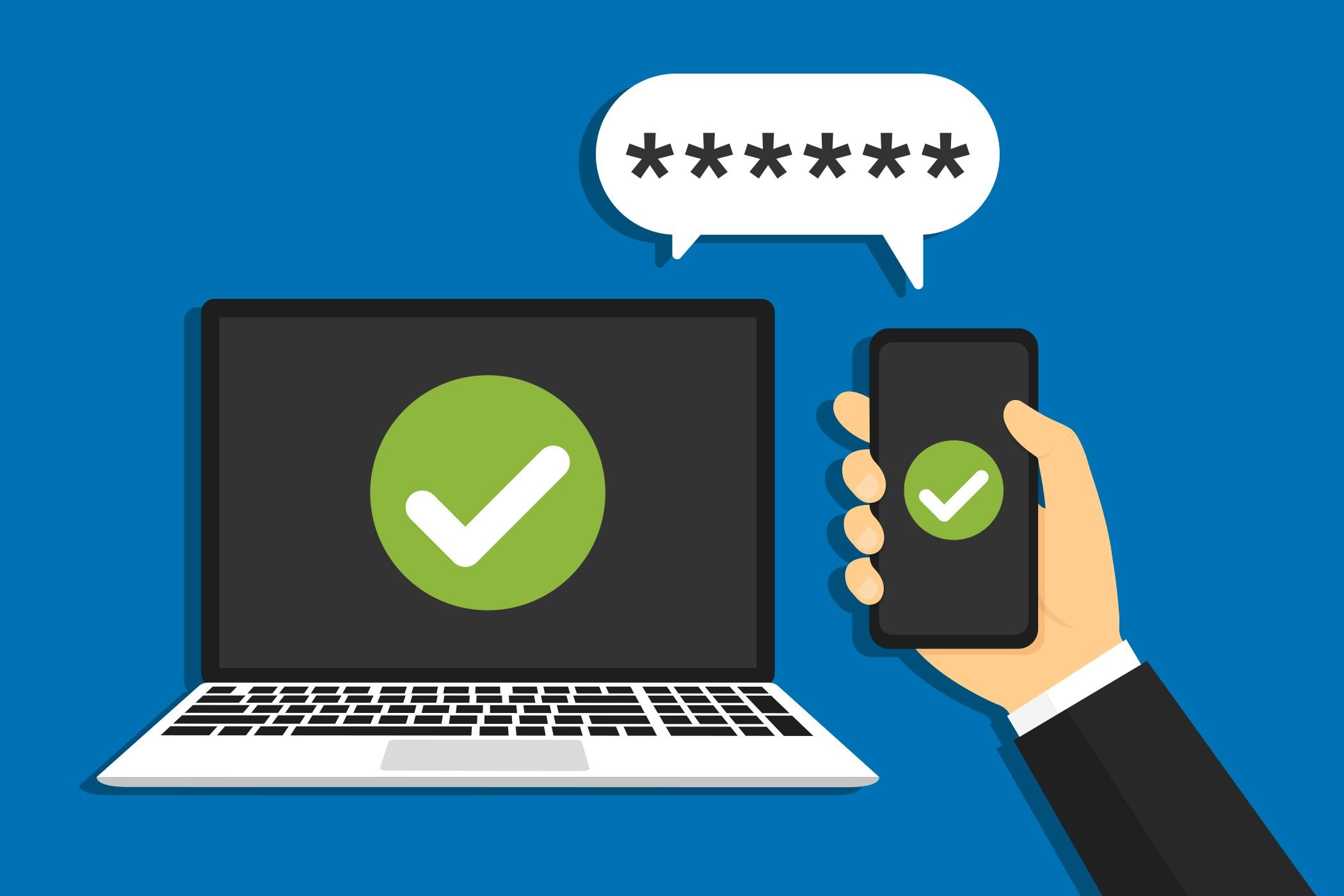Two-factor authentication (2FA) has become a cornerstone of modern cybersecurity, transforming how we protect our digital identities in an increasingly connected world. As cyber threats continue to evolve and data breaches make headlines regularly, the traditional username-password combination alone is no longer sufficient to safeguard our most sensitive information. This additional security layer represents a fundamental shift from single-factor authentication to a more robust defense mechanism that significantly reduces the risk of unauthorized access.
The concept of 2FA might seem complex, but it’s actually quite straightforward and something many people already use without realizing it. Every time you receive a text message with a verification code after entering your password, or when your banking app asks for your fingerprint along with your PIN, you’re experiencing two-factor authentication in action. This security method has gained widespread adoption across industries, from financial services to social media platforms, because it addresses a critical vulnerability in our digital security infrastructure.
The urgency of implementing 2FA cannot be overstated. With nearly 70% of people admitting to reusing passwords across multiple sites, and compromised credentials being the most common cause of data breaches, the need for additional security measures has never been more pressing. Understanding what 2FA is, how it works, and why it’s essential for both personal and business security can help you make informed decisions about protecting your digital assets. This comprehensive guide will explore every aspect of two-factor authentication, from its basic principles to its practical implementation and benefits.
Understanding Two-Factor Authentication

Two-factor authentication is a security process that requires users to provide two different authentication factors to verify their identity before gaining access to an account, system, or resource. Unlike traditional single-factor authentication that relies solely on something you know (like a password), 2FA combines multiple types of credentials to create a more secure authentication process.
The three main categories of authentication factors include something you know (passwords, PINs, or security questions), something you have (smartphones, hardware tokens, or smart cards), and something you are (biometric data like fingerprints, facial recognition, or retinal scans). Two-factor authentication typically combines two of these categories, most commonly pairing a password with a mobile device or biometric verification.
Common 2FA Methods
The most familiar form of 2FA is SMS-based authentication, where users receive a numeric code via text message after entering their password. However, modern 2FA implementations include various methods such as authenticator apps that generate time-based one-time passwords, push notifications sent to mobile devices, hardware security keys, and biometric verification systems.
How Two-Factor Authentication Works
The 2FA process begins when a user attempts to log into an account or system. After entering their primary credentials (username and password), the system initiates a second verification step through a different channel. This out-of-band authentication is crucial because it ensures that even if an attacker intercepts the primary credentials, they cannot complete the authentication process without access to the second factor.
For example, when logging into an online banking account, you might enter your username and password as the first factor. The system then sends a push notification to your registered mobile device, asking you to approve the login attempt. Only after confirming this second factor can you access your account. This process creates multiple barriers that attackers must overcome, significantly increasing the difficulty of unauthorized access.
The Security Chain
The effectiveness of 2FA lies in its requirement for multiple, independent verification methods. Even if cybercriminals obtain your password through phishing, data breaches, or brute-force attacks, they still need access to your physical device or biometric data to complete the authentication process. This creates a security chain where the compromise of one factor doesn’t automatically lead to account breach.
Why 2FA Is Essential for Security

The primary reason 2FA has become essential is its ability to neutralize the risks associated with compromised passwords. Passwords, despite being the most common authentication method, are inherently vulnerable to various attack vectors, including phishing scams, social engineering, credential stuffing, and brute-force attacks.
Protection Against Common Threats
2FA provides robust protection against multiple cybersecurity threats. When hackers gain access to password databases or successfully execute phishing campaigns, they often find that stolen credentials alone are insufficient to breach accounts protected by 2FA. This additional layer forces attackers to also compromise the second authentication factor, which is typically much more difficult and resource-intensive.
The method also addresses the widespread problem of password reuse. Since many users employ the same password across multiple platforms, a single breach can potentially compromise numerous accounts. 2FA breaks this chain of vulnerability by ensuring that even reused passwords cannot provide complete access without the second factor.
Business and Personal Benefits
For businesses, 2FA helps protect sensitive corporate data, customer information, and intellectual property from unauthorized access. It creates an active security partnership between users and administrators, making employees conscious participants in maintaining security rather than passive recipients of security measures.
On a personal level, 2FA protects financial accounts, social media profiles, email communications, and other sensitive personal information. Security experts recommend enabling 2FA wherever possible, including email accounts, password managers, cloud storage services, and financial applications.
Implementing 2FA Effectively
Successful 2FA implementation requires careful consideration of user experience, security requirements, and available technologies. Organizations should evaluate different 2FA methods based on their specific security needs, user base, and technical infrastructure.
Choosing the Right Method
While SMS-based 2FA is widely accessible and familiar to users, authenticator apps and hardware tokens often provide superior security. Push notifications offer a balance between security and convenience, while biometric authentication provides the highest level of user-specific verification.
Best Practices
When implementing 2FA, it’s important to provide clear instructions to users, offer multiple backup options for account recovery, and regularly review and update authentication methods. Organizations should also consider the user experience impact and provide adequate support during the transition period.
The Future of Authentication

As cyber threats continue to evolve, 2FA represents just the beginning of more sophisticated authentication systems. Multi-factor authentication (MFA) systems that incorporate three or more factors are becoming increasingly common, and emerging technologies like behavioral biometrics and artificial intelligence are enhancing authentication security.
The integration of 2FA with zero-trust security models demonstrates its foundational importance in modern cybersecurity strategies. As digital transformation accelerates and remote work becomes more prevalent, robust authentication methods like 2FA will continue to play a crucial role in protecting digital assets and maintaining user privacy.
Two-factor authentication is no longer a luxury or an optional security enhancement—it’s a necessity in today’s digital. By understanding and implementing 2FA, individuals and organizations can significantly strengthen their security posture and protect against the ever-growing array of cyber threats targeting our digital lives.



